Commander-in-Chief of the Islamic Revolutionary Guards Corps (IRGC) Hossein Salami unveiled a coronavirus test device on April 15, hailing it as an "amazing invention" by "Basiji scientists” and a remarkable achievement for the Islamic Revolutionary Guards Corps (IRGC).
During the unveiling, which was broadcast on state television and attracted ample attention on social media, Salami announced: ”Using a magnetic field and a bipolar virus inside the device, any point within a radius of 100 meters that is infected will be detected by the antenna of this device, which is placed in front of that point and the infected point is defined within five seconds.”
According to the IRGC commander, the advantages of the device, the “Mustaan-110,” are that it tests for coronavirus remotely without a blood sample. He added that the device’s artificial intelligence can detect infected surfaces and identify infected people. At the same time, its “smart disinfection” feature means non-contaminated areas are not disinfected.
So what is the Mostaan-110 device? Are its capabilities really innovative and reliable? Is it an emerging technology and a new phenomenon? IranWire reviews the commander’s assertions and looks at relevant available information and reports in an attempt to answer these questions.
Is the IRGC Testing Device New?
On May 30, 2017, the state-run Islamic Republic News Agency reported the construction of an electronic fuel detector and announced that the country's border areas had been equipped with the device to prevent fuel smuggling.
The shape, image, and operation of this device is quite similar to the new Mustaan-110 device that IRGC Commander Salami unveiled on April 15, 2020.
When presenting the device, Ahmad Mojarad, the director for the distribution of petroleum products in West Azerbaijan province, said it had been produced by knowledge-based companies and that it would be able to identify any petroleum product embedded in trucks from a distance of between three and 300 meters in less than five seconds.
Explaining the technical specifications of the device, he said: "By creating an electronic field and its bipolar property, the fuel detector can identify between one and 1000 liters, and even more fuel, according to the user's needs."
Comparing the information the IRGC commander provided about the newly-unveiled product with the information the director for distribution of petroleum products in West Azerbaijan province provided, it would appear that they are talking about the same product. The photographs they presented of the new product reveals an identical product, apart from the color of the plastic protection for the device. The protective surface for the product unveiled in 2017 is yellow, whereas the surface for the 2020 product is green, similar to the color of the uniform worn by IRGC personnel.
Is the IRGC Virus Detector a Domestic Invention?
The commander of the IRGC claims that the new amazing device is the invention of Basij scientists. Ahmad Mojarad, the director for the distribution of petroleum products in the province of West Azerbaijan, also claimed that the device was produced and manufactured by knowledge-based companies that have been patented.
Reports by the BBC show that both of these claims are false. In 2014, two years before the West Azerbaijan Province Petroleum Products Distribution Company unveiled its new product, a BBC investigation found that devices being used to detect bombs and narcotics in Thailand, Pakistan, Iraq, and Mexico were counterfeit, plastic fakes with an aerial attached to them.
At least three people were charged for the crime, and James McCormick, a businessman who had marketed and sold the product, was among those jailed; he was given a 10-year prison sentence. The fake devices were sold to governments and companies around the world, including in Iraq at a time when thousands of people were being killed or injured by bombs every year.
Photographs of the devices reveal many similarities with the models unveiled in Iran, and the packaging for the products is also similar.
The Egyptian Army’s AIDS and Hepatitis Detector
Prior to this, on February 25, 2014, it was announced on Egyptian national television that the country’s army had released a new device to identify AIDS and hepatitis. This product also looked similar to the IRGC’s virus detector.
"The information provided about this device was not convincing," Professor Massimo Pinzani, a kidney specialist and director of the Institute of Kidney and Gastroenterology at the University of London, wrote in an article published by the Independent.
A Virus Detector From 2007
There have been a variety of identification devices on the international market for years, including metal and bomb detectors, that boast a range of security, recreational, and professional functions, among them the Flir Fido XT Portable Explosives Detector, which sells on eBay for US$3,500 and claims to detect portable explosives. And a device able to detect viruses such as Severe Acute Respiratory Syndrome [SARS] was developed in 2007 by a researcher in the Netherlands.
In January 2007, the MIT Technology Review assessed a virus scanner designed by a researcher at the University of Tonti in the Netherlands, stating that it could soon be used to identify SARS or influenza viruses in humans.
David Gottfried, a researcher at the Georgia Institute of Technology Research, said of this device: "So far no one was able to build a portable sensor which can detect viral diseases. This is the first example of a biosensor that can be practical for detecting viruses and has the sensitivity needed for early detection."
In fact, there have been widespread and successful efforts to build devices to detect the presence of a virus in both people and on objects since 2007.
Conclusion
Brigadier Hossein Salami unveiled a coronavirus test device on April 15, 2020, hailing it as an "amazing invention" by "Basiji scientists” and a remarkable achievement for the Revolutionary Guards. He claimed: ”Using a magnetic field and a bipolar virus inside the device, any point within a radius of 100 meters that is infected will be detected by the antenna of this device, which is placed in front of that point and the infected point is defined within five seconds.”
IranWire’s review of the announcement and relevant reports, including a fact-checking exercise carried out by Shayan Sardarzadeh for the BBC’s Disinformation Watch, indicates that Iran unveiled a similar device about three years ago via the National Petroleum Products Distribution Company in West Azerbaijan Province. That device has the same technical specifications as the device recently unveiled by the Revolutionary Guards.
In 2014, it was revealed that a similar device that had been used in several countries to detect bombs or drugs was counterfeit, and that at least two people involved in the sale of the counterfeit device had been sentenced to prison in the United Kingdom.
In February 2014, the Egyptian military unveiled a similar device that claimed it could identify AIDS and hepatitis infection. The scientific validity of the device could not be confirmed.
These studies and reports reveal the device in question is not new, is not a domestic invention, does not have any scientific validity or proven accuracy, and is a clear example of the "fake news" so abundant on social media these days.
Therefore, IranWire considers the claim of IRGC Commander Salami regarding the coronavirus test device made by Basiji scientists to be a "Pinocchio's lie”— a statement that has already been established or proven to be untrue based on existing research and evidence.
You can find out more about our fact-checking methodology here.
Read other articles in the series:
Fact Check: Army Commander Lies About Iran's Speed Boats
Fact Check: Can Iran Make Airplanes from Scratch?
visit the accountability section
In this section of Iran Wire, you can contact the officials and launch your campaign for various problems




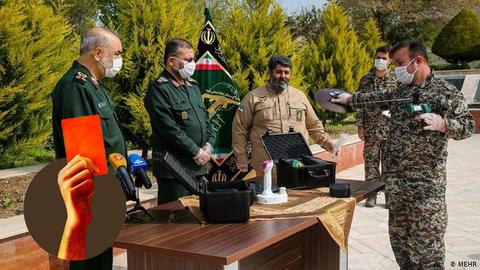









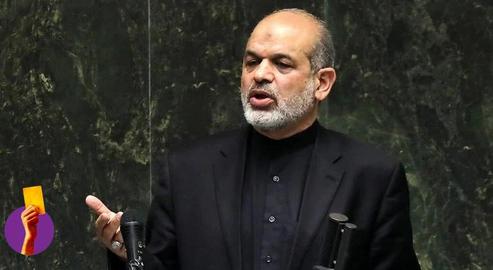
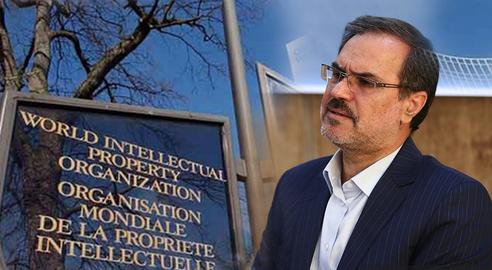

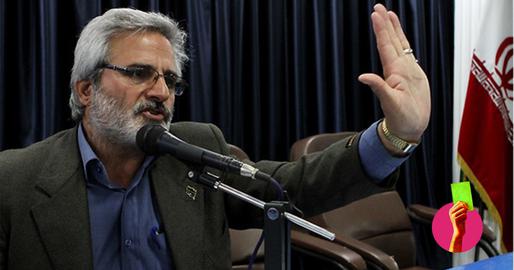



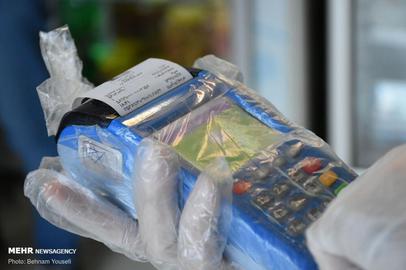
comments